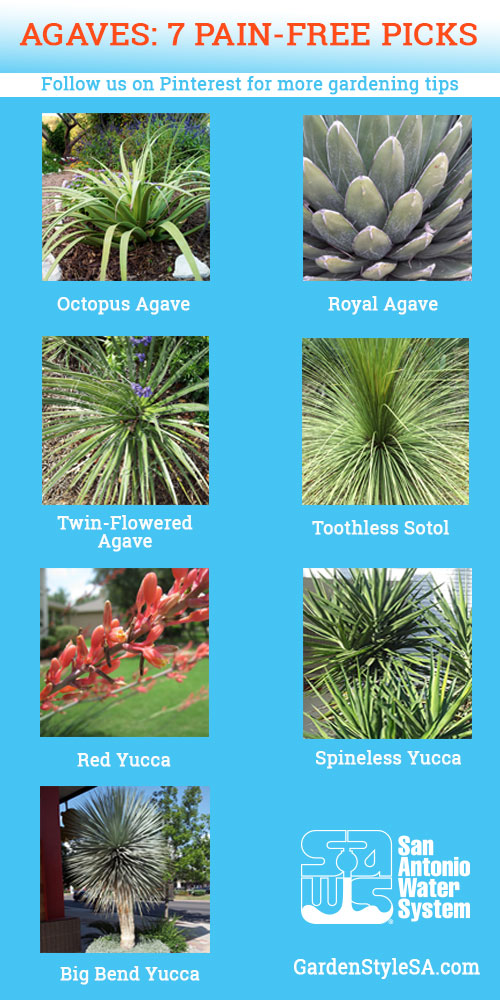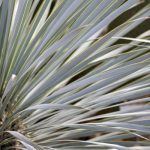Incorporating agaves into your landscape doesn’t have to be painful. There are a few agaves — and a few similar big succulents — that have soft or spineless (even huggable) leaves.
If you’re adding to the watersaver landscape in August, it can still be way too hot and dry for many 4-inch annuals and perennials to go into the ground. And if you’re looking for something showy and low-maintenance – and still hoping to squeeze in a few vacation days before school – take a cue from the hot afternoon sun and pick a plant from the west.
Succulents are great architectural plants, and even in the driest desert climates they rarely need extra water, certainly not in (comparatively) wet San Antonio.
Although they’ve got cachet and they’re as trendy as textiles and tequila, agaves and yucca remain somewhat underutilized in home landscaping in south Texas, even in xeriscapes — partly due to the prick factor.
A typical century plant bristles with thorns, and those 2-inch spiny tips can threaten extremely painful, extremely serious injuries, penetrating deep into muscle and bone. As if any additional discouragement is needed, most agaves contain a burning sap, requiring hazmat protocols that go way beyond the garden variety.
Many dedicated gardeners use agaves anyway, surrounding them with hedges or other buffers. In public settings, the spines are meticulously trimmed away.
Fortunately for the rest of us, there are a few agaves — and a few similar big succulents — that have soft or spineless (even huggable) leaves. They’ve got the durability of a classic topiary, without the need for elaborate sculpting.
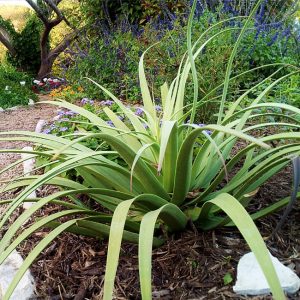
Octopus agave — Its small size and curling spineless leaves make a pleasant tropical accent on any pathway. Give it some room, though, since this agave tends to spread and bloom repeatedly. Also called spider agave.
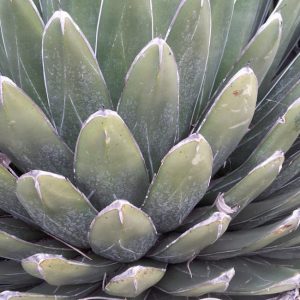
Royal agave — Its form is compact and toy-like with dark leaf margins carefully outlined in white. Each bears a small terminal spine, but compared to other agaves these are non-aggressive. This cold-hardy agave is a popular garden accent and is sometimes used to fill out landscape beds with geometric perfection.
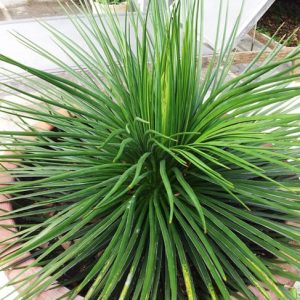
Twin-flowered agave — Thin, rigid leaves give this agave a striking modern form, as popular in poolside containers as it is in xeriscape.
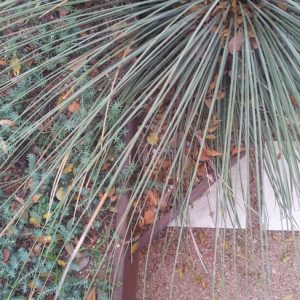
Toothless sotol — Long, gracefully arching leaves form a kinetic mound of green. The Mexican grass tree is thorn-less, drought-hardy and comfortable in both sun and shade; it makes a great addition to a tropical garden or any xeriscape.
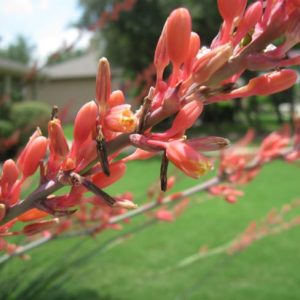
Red yucca — A stalwart in central Texas landscapes, red yucca has the kind of easygoing evergreen form that can easily fill out any landscape setting. Plus, it’s a hummingbird magnet.
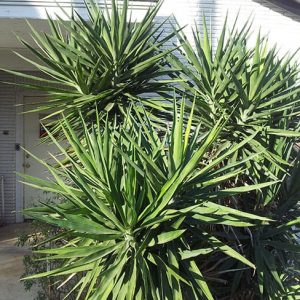
Spineless yucca — It’s got the size and feel of a Spanish dagger, but don’t be fooled; this common houseplant is a softy. Often it ends up in the yard after it gets too big for a pot. It’s a useful addition to a shade garden.
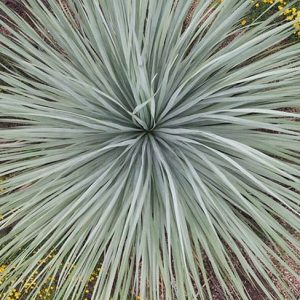
Big bend yucca — Among the big landscape succulents, Yucca rostrata is a perennial favorite. In fact, it’s so well behaved and so well used in commercial landscaping that it’s come to be called Nordstrom’s yucca. The spiky blue leaves resemble yucca, but they’re as soft and flexible as poster board.
So, don’t let the fear of spines stop you from including this drought-tolerant, virtually indestructible, evergreen plant in your landscape. Whether your architecture be Southwestern, Tuscan, Mission Revival or just plain old San Antonian, they make well-behaved specimens for any Southwestern garden event, even if you’ve already had a few too many tequilas.
